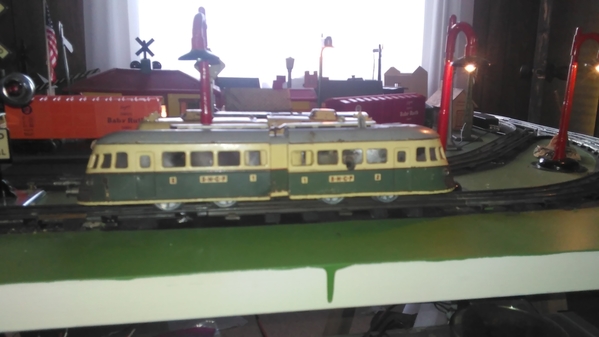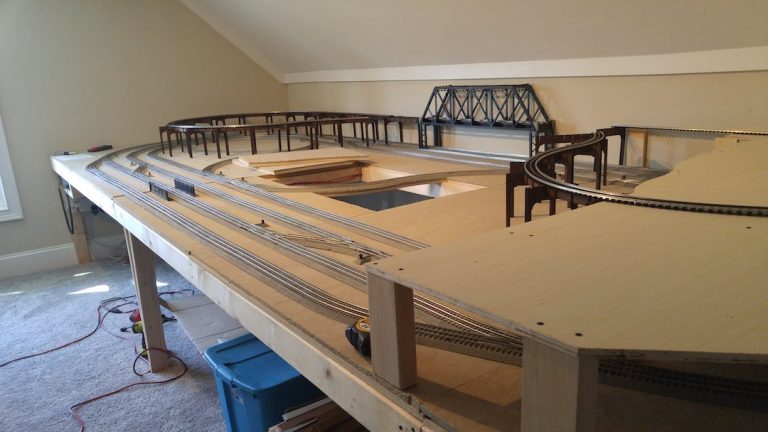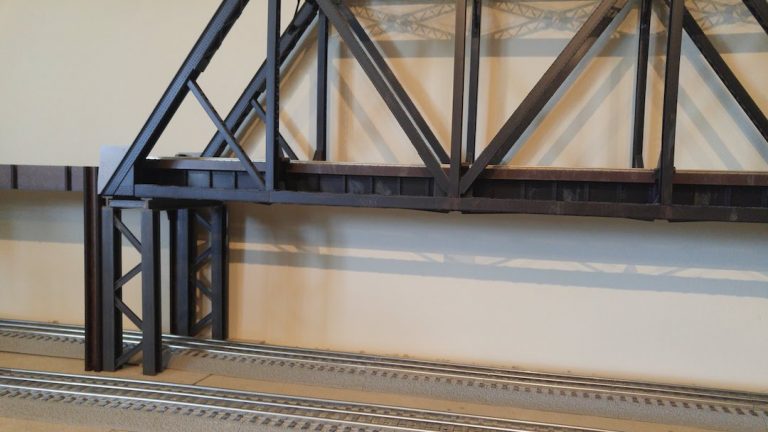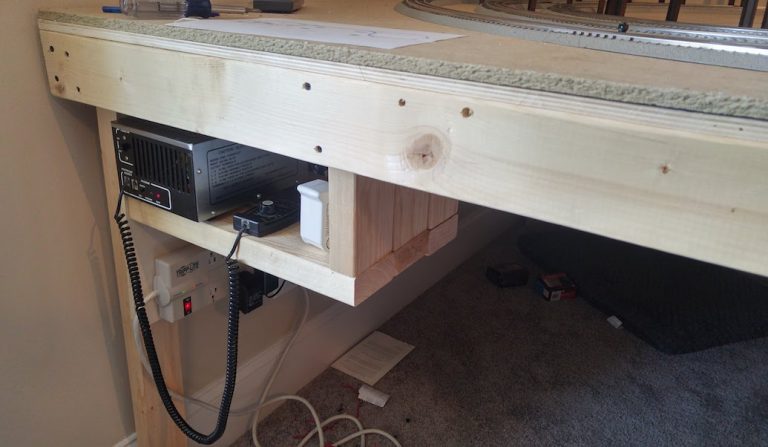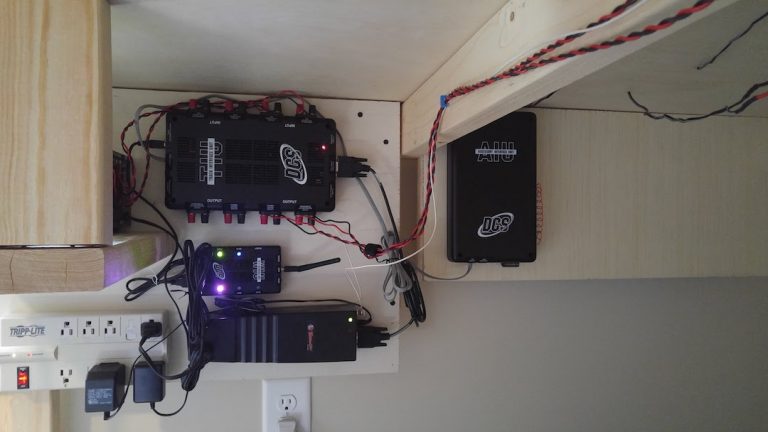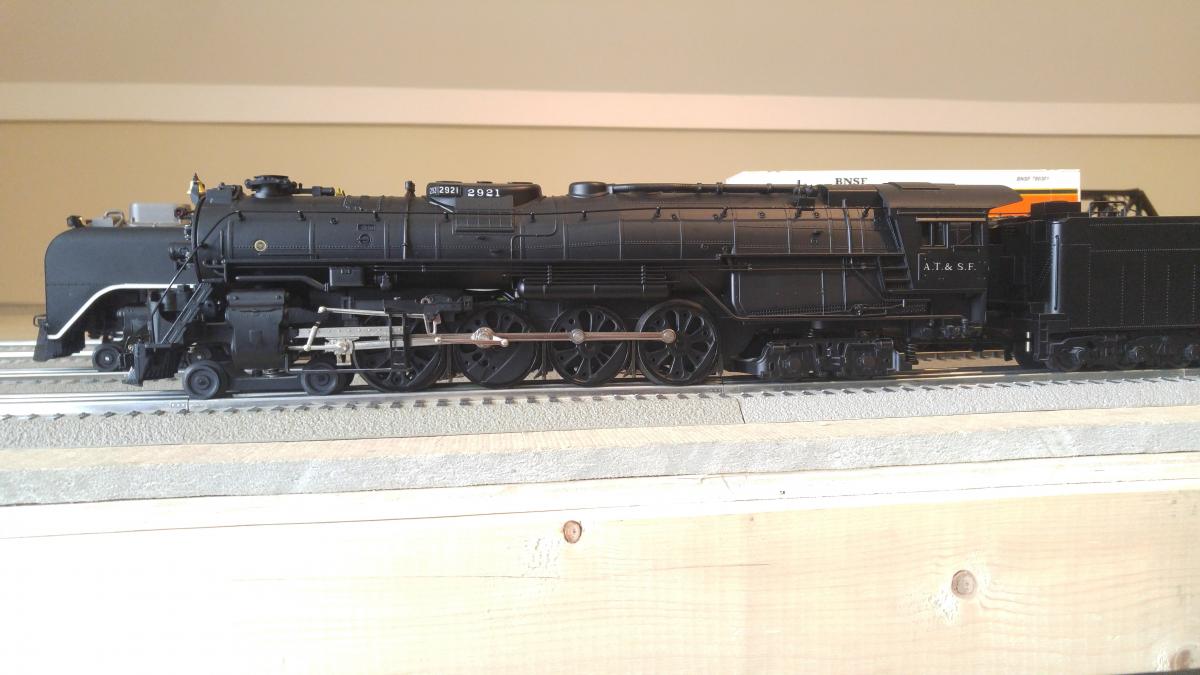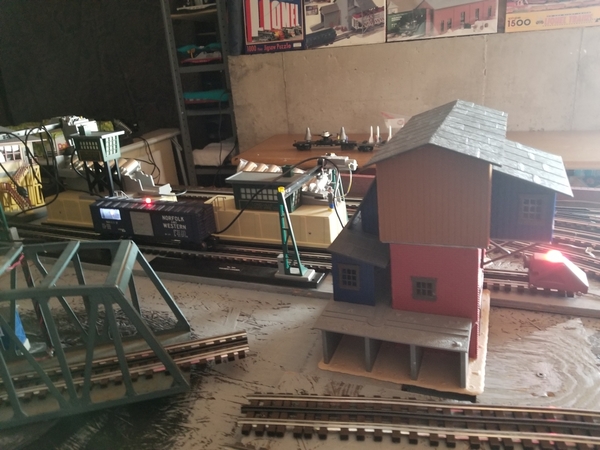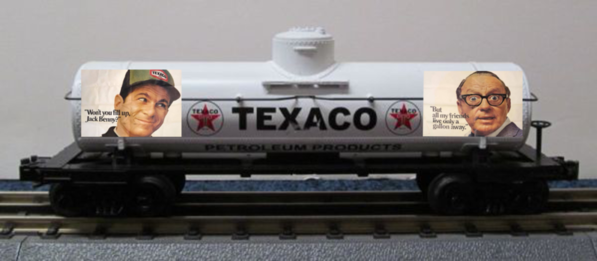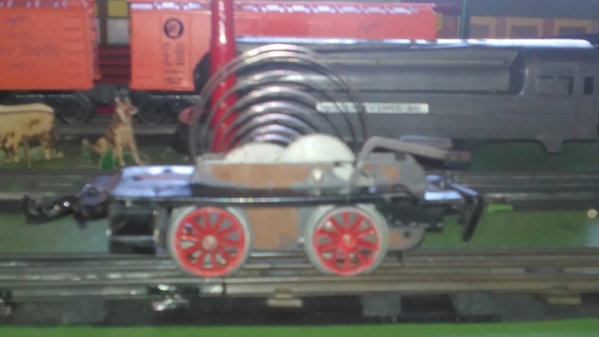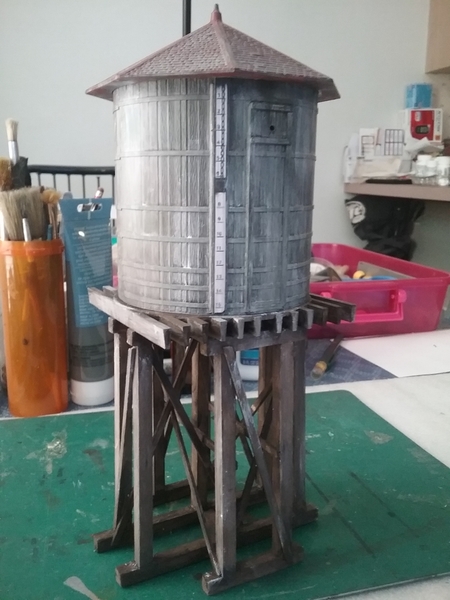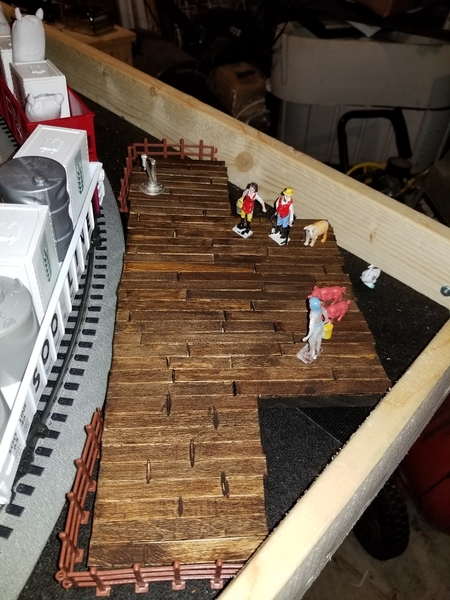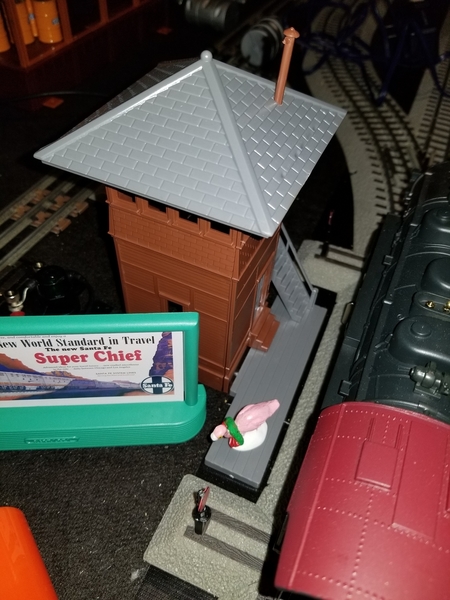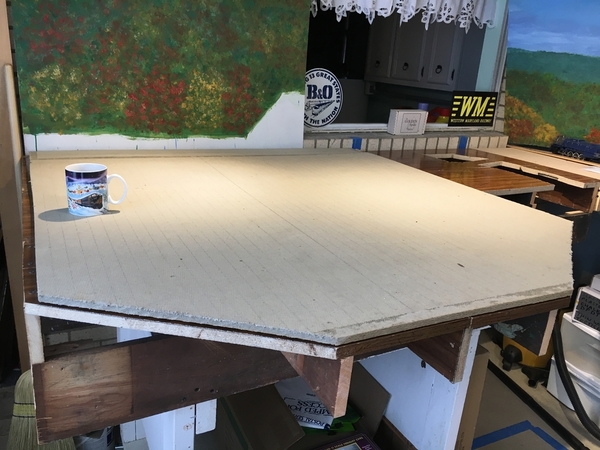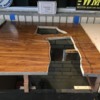I tried to find pictures of Lionels early batteries. No luck. Here is a picture of a similar one. Just give junior a glass
jar, a couple of electrodes, and a gallon of sulphuric acid and he is running trains. I would imagine quite
a mess when the jar got accidently knocked over. Other ones used nitro-muratic acid, carbolic acid, etc.
I have also read about trains that ran on staight 110v at the track. A derailment must have been quite
spectacular.
Lead-acid
19th-century illustration of Planté's original lead-acid cell
Up to this point, all existing batteries would be permanently drained when all their chemical reactions were spent. In 1859, Gaston Planté invented the lead–acid battery, the first-ever battery that could be recharged by passing a reverse current through it. A lead acid cell consists of a lead anode and a lead dioxide cathode immersed in sulfuric acid. Both electrodes react with the acid to produce lead sulfate, but the reaction at the lead anode releases electrons whilst the reaction at the lead dioxide consumes them, thus producing a current. These chemical reactions can be reversed by passing a reverse current through the battery, thereby recharging it.
Planté's first model consisted of two lead sheets separated by rubber strips and rolled into a spiral.[8] His batteries were first used to power the lights in train carriages while stopped at a station[citation needed]. In 1881, Camille Alphonse Faure invented an improved version that consisted of a lead grid lattice into which a lead oxide paste was pressed, forming a plate. Multiple plates could be stacked for greater performance. This design was easier to mass-produce.
Compared to other batteries, Planté's was rather heavy and bulky for the amount of energy it could hold. However, it could produce remarkably large currents in surges. It also had very low internal resistance, meaning that a single battery could be used to power multiple circuits.[6]
The lead-acid battery is still used today in automobiles and other applications where weight is not a big factor. The basic principle has not changed since 1859. In the early 1930s, a gel electrolyte (instead of a liquid) produced by adding silica to a charged cell was used in the LT battery of portable vacuum-tube radios. In the 1970s, "sealed" versions became common (commonly known as a "gel cell" or "SLA"), allowing the battery to be used in different positions without failure or leakage.
Today cells are classified as "primary" if they produce a current only until their chemical reactants are exhausted, and "secondary" if the chemical reactions can be reversed by recharging the cell. The lead-acid cell was the first "secondary" cell.




